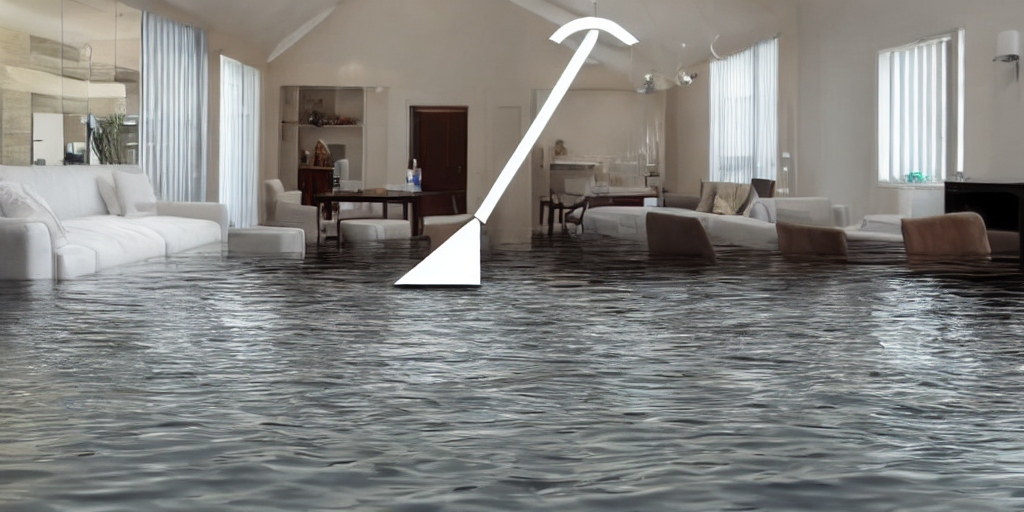Water damage is a common issue that many homeowners face, and it can lead to significant problems if not addressed promptly and appropriately. Whether it’s due to a burst pipe, flooding, or a leaky roof, the importance of remediation for water damage cannot be overstated. In this comprehensive guide, we’ll explore various methods of water remediation, what to do immediately after water damage occurs, the concept of remediation in water treatment, and the crucial difference between restoration and remediation.
Methods of Water Remediation
When it comes to residential remediation for water damage, there are several effective methods employed by professionals to mitigate and repair the damage. These methods may include:
- Water Extraction: The first step in the remediation process is often to extract standing water from the affected area. Powerful pumps and vacuums are used to remove water swiftly, preventing further damage.
- Dehumidification: After water extraction, dehumidifiers are utilized to reduce excess moisture in the air. This helps prevent mold growth and ensures a thorough drying process.
- Mold Remediation: Mold can quickly develop in damp environments. Remediation for water damage includes addressing any existing mold issues to ensure a healthy living environment.
Also Read: Remediation for Water Damage: A Comprehensive Guide
Immediate Actions after Water Damage
Knowing what to do immediately after water damage occurs is crucial for minimizing the impact. Follow these steps to kickstart the remediation for water damage process:
- Safety First: Ensure the safety of everyone in the household. If the water damage is extensive, it may be necessary to evacuate until professionals can assess the situation.
- Identify and Stop the Source: Determine the source of the water damage and take steps to stop the water flow if possible. This could involve shutting off the main water supply or fixing a leaking pipe.
- Document the Damage: Take photographs or videos of the affected areas. This documentation can be valuable when dealing with insurance claims or hiring professionals for remediation services.
Remediation in Water Treatment
While remediation for water damage primarily focuses on repairing and restoring structures affected by water, remediation in water treatment has a broader context. In water treatment, remediation refers to the process of removing contaminants and impurities to make water safe for consumption. This can involve various methods such as filtration, chemical treatment, and advanced purification technologies.
Restoration vs. Remediation: Understanding the Difference
It’s essential to clarify the difference between restoration and remediation. While both terms are related to the process of returning a property to its pre-damaged state, they have distinct meanings in the context of water damage:
- Remediation: Focuses on stopping and reversing the damage, addressing the root cause, and preventing further issues. It involves actions like water extraction, drying, and mold removal.
- Restoration: Encompasses the broader process of rebuilding and restoring the affected areas to their original condition. This may involve replacing damaged materials, repainting, and reconstructing structural elements.
Water Remediation
Understanding the remediation for water damage cost is a common concern for homeowners. The cost can vary based on the extent of the damage, the methods used for remediation, and whether professionals are hired for the job. Some may opt for DIY remediation for water damage, but it’s crucial to weigh the pros and cons and ensure that the remediation process is thorough.
For those considering DIY approaches, stores like Home Depot offer a range of products for Home Depot remediation for water damage. However, it’s essential to assess the severity of the damage and seek professional advice if needed.
Water Mitigation vs. Remediation
Understanding the difference between water mitigation vs. remediation is vital for homeowners dealing with water damage. While water mitigation focuses on preventing further damage and minimizing initial losses, remediation involves the actual repair and restoration of the affected areas. Both processes work hand in hand to ensure a comprehensive approach to water damage.
The Water Mitigation Process

The water mitigation process is a crucial aspect of remediation. It involves swift action to minimize the initial damage caused by water. This may include emergency water extraction, dehumidification, and temporary solutions to prevent further issues while the remediation process is underway.
Professional Remediation Services
In some cases, hiring professionals, such as those from ServPro, may be necessary. Understanding the ServPro water damage cost and the services they offer can help homeowners make informed decisions when seeking professional assistance for water damage remediation.
Also Read: Remediation Water Damage: A Comprehensive Guide to Recovery
Conclusion
In conclusion, addressing water damage promptly and effectively is essential for maintaining the integrity of your home. Whether you opt for DIY solutions or professional services, understanding the methods of remediation for water damage and taking immediate action can save you time, money, and stress in the long run. By incorporating these strategies, you can navigate the challenges of water damage and restore your home to its pre-damaged condition.










